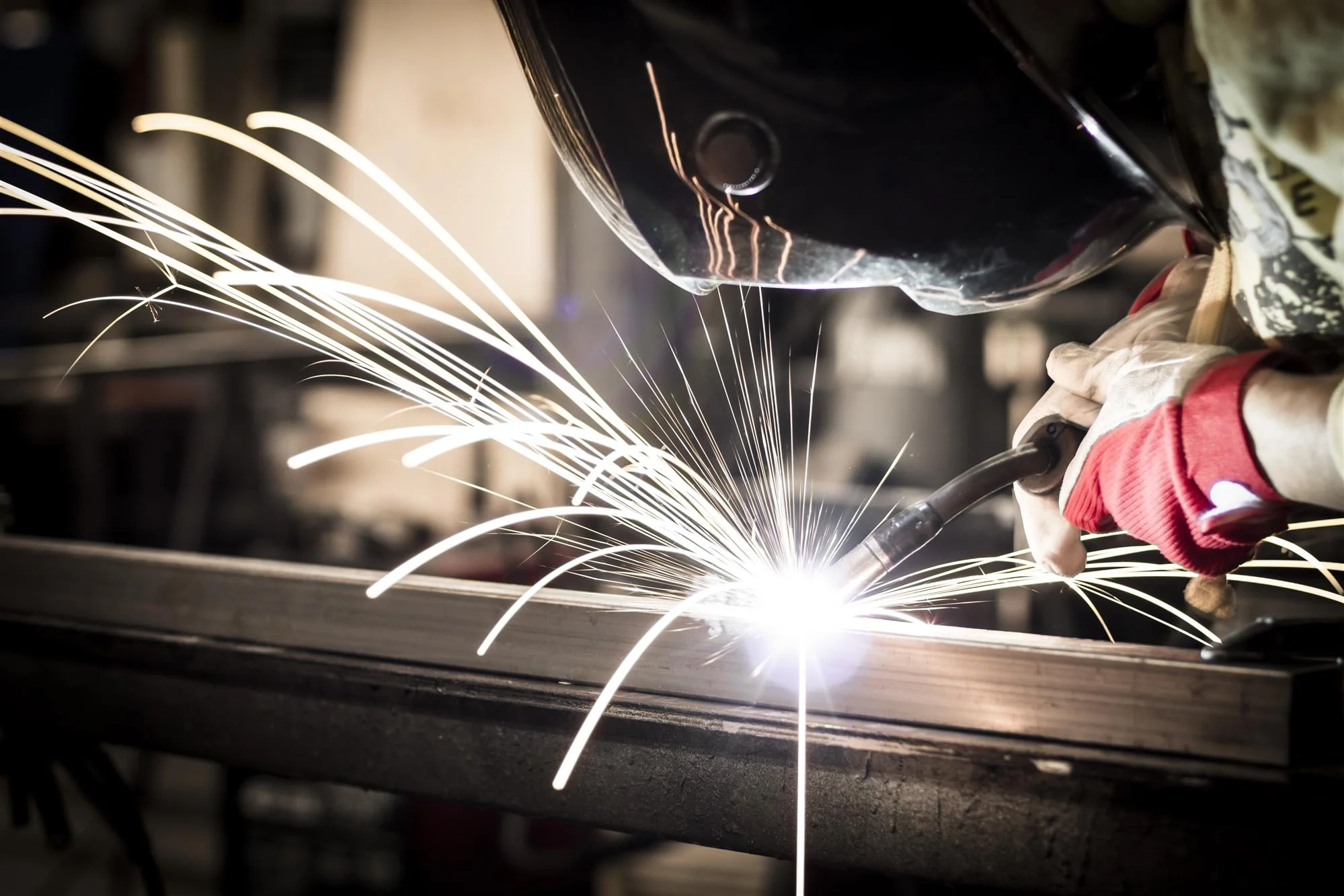Commonly Used Industrial Metals and Their Properties
Nine Inch Nails is the first thing that pops into the minds of non-industry people when they think of industrial metal. While that band is an example of industrial metal music, it’s not the stuff that makes up buildings, appliances, and nearly everything else on which we depend.
Almost everyone knows they want a stainless-steel cooking pot, but they most likely don’t know what materials their refrigerators consist of, and that’s unfortunate. The science behind industrial metals is very interesting, especially if you’re in the industry already.
Here, we’ll discuss some of the most common metals used by metalworking machinery today.
Aluminum
Aluminum is a popular metal that’s also known for its light weight. It is highly resistant to corrosion and weathering, making it ideal for indoor and outdoor applications. Aluminum also boasts conductivity and is ductile enough to hammer into sheets and shape into wires.
Aluminum can be used in many ways. Weather-resistance makes it suitable for windows, doors, and other externally facing building components. Outdoor signs and street lights consist mostly of aluminum for the same reason. This metal is also a favorite in automobile parts and bicycles due to its light weight.
Copper
Copper isn’t as glamorous as other metals, but it does remain useful nonetheless. It is highly ductile and malleable, which makes it easy to shape into many different useful forms. Copper is also incredibly easy to solder, and, when used in electronics or plumbing, can create strong bonds and junctions. The orange-tinged metal is resistant to corrosion, especially from water and soil, and features overall flexibility that allows it to handle changes in temperature better than most metals.
Copper comes in soft and rigid variants, depending on its use. Soft copper tubing is present in HVAC systems, refrigeration lines, and heat pumps. Rigid copper is present in water pipes for hot and cold tap water. It’s also the main material found within plumbing pipes, tubes, and household wiring because it’s relatively cheap in comparison to most metals.
Carbon Steel
This variation of steel sees most of its use in heavy-duty applications. Carbon steel gets its name from the fact that it contains very high levels of carbon; this is what gives the metal its strength, durability, and weight. It is tougher and more durable than most other standard metals, giving it great strength, but isn’t as ductile, and, thus, doesn’t always suit small projects.
Carbon steel is the primary material used in massive immobile structures due to its heavy weight. Most applications for this metal exist. It’s what makes up the framework of highways, bridges, and tall or broad buildings, and is an ideal material for support beams and structural framework pieces. Most trailer beds for semis are also made of carbon steel.
Stainless Steel
One of the most common metals is stainless steel. This often-shiny silver metal contains a mixture of steel and at least 10 percent chromium and other alloys. The ratios and types of alloys used depend on the intended function of the object.


